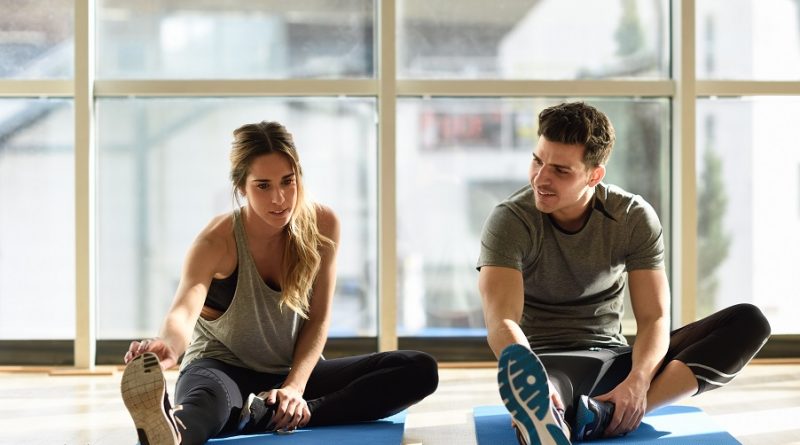If you are in sports, then you know first-hand the impacts of an injury. Nonetheless, such concerns aren’t only experienced by athletes. In our day-to-day activities, injuries can wreak havoc in many ways. For instance, that ankle sprain can affect your movements and productivity as you can hardly manage the activities of daily living as you normally do. As you consider ways to improve your injury recovery process, among the recommendable measures is stretching. If done right, stretching can help you avoid injuries and fast-track the recovery process. But, how can stretching help with long-term injuries? Here are some pointers to help you stretch right as you deal with an injury.
Know the injury
Whenever you are dealing with a muscle concern, it is easier to assume that stretching will work. While effective, in some situations, it can worsen the injury. For instance, you shouldn’t stretch if you are dealing with pulled or torn muscles. Apart from the injury type, timing also counts. For instance, stretching before the inflammation subsides causes more damage. During this period, the tissues are sensitive as the repair process begins. Ideally, wait at least 72 hours after an injury to start stretching. Don’t wait too long, though; as the injury heals, scar tissues develop. They reattach the muscle fibers, but they aren’t strong and flexible as your muscle before the injury. Stretching helps to keep the muscles flexible as the recovery process progresses, emphasizing the need to start immediately after the inflammation subsides.
Consistency counts
Do you have a stretching routine? Stretching helps deal with pulls and strains, the most common injuries, especially in sports-related activities. With the stretches, you can lower the chances of reoccurring injuries. This is as it addresses improper and overstretched muscles leading to injuries. With a routine prioritizing the tight muscles, you can fast-track the recovery process and reduce the chances of future injuries. Nonetheless, you shouldn’t push too hard. Stretches are typically uncomfortable but shouldn’t be painful. They push your muscles beyond the current point, helping to increase flexibility. As such, if you over-exert, you’ll more likely overstretch the muscle, leading to muscular strain and pull, worsening the situation.

Corporate Wellness App
CircleCare
Spice it up
There are various types of stretching. Incorporating a combination in your routine makes it easier to condition the muscles, improving the recovery process and preventing injuries. The common options include;
- Static stretching: This is the common type and usually the starting point. You slowly ease into a stretch and hold the position for a period, typically 20-30 seconds.
- Passive stretching: The approach entails leveraging outside help, such as your body weight, another person, stretching device, among others. You stretch the muscle and use the help to hold the position.
- Dynamic stretching: It is more like static stretching, only that it includes motion with various repetitions. The approach offers more flexibility as the movements gradually stretch the muscles.
- Ballistic stretching: The approach is similar to dynamic stretch but involves more rapid movements. This generates momentum, stretching the muscles further. As you deal with an injury, it is recommendable only to do ballistic stretching with professional supervision.
Injury recovery can be overwhelming. As you strive to speed the process and avoid future injuries, stretching can help.








